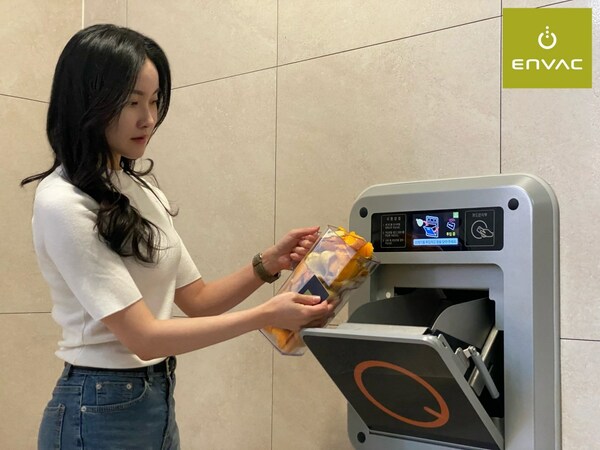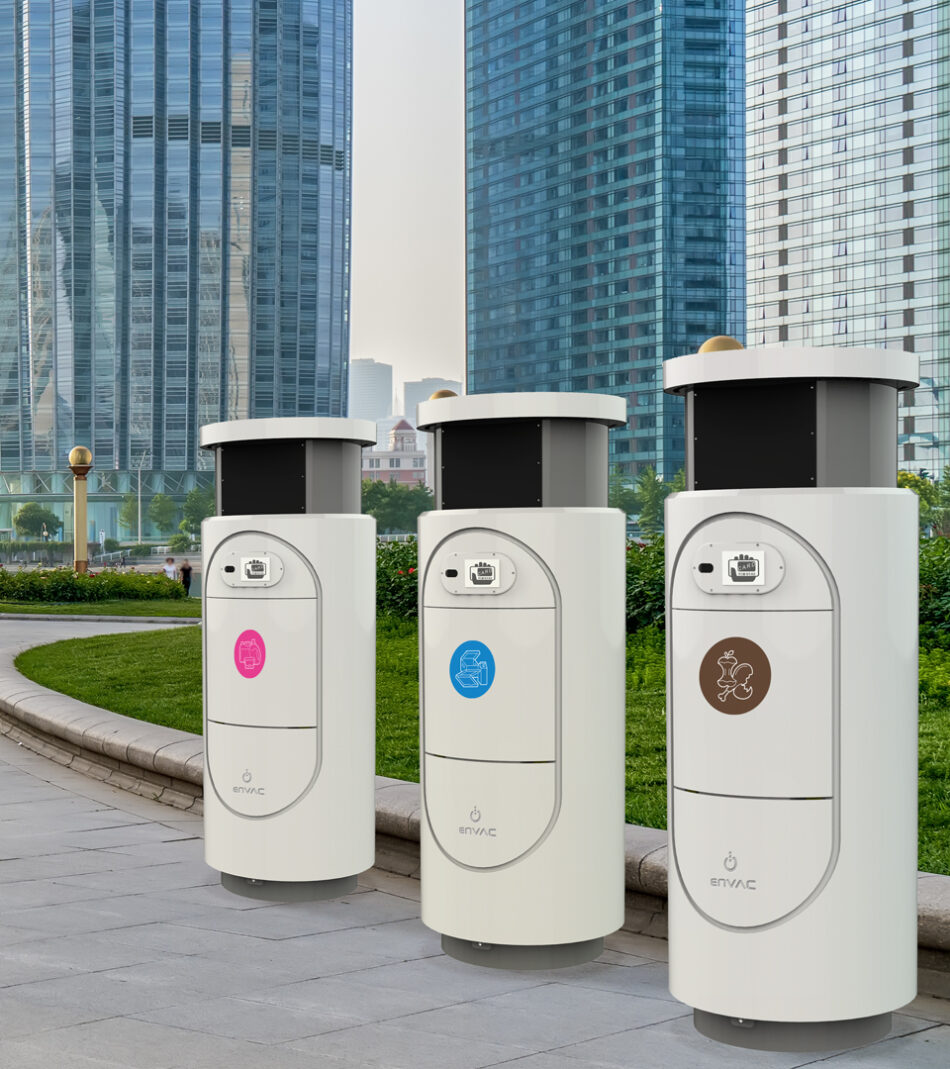Smart & Sustainable Waste Collection for New Smart Cities
AWCS (Automated Waste Collection System) aims to provide smart and user-friendly waste collection solutions across many smart cities globally as well as developing new ones. Envac,a Swedish company having 35 offices worldwide is leading the market with automated waste collection systems.They have provided their systems in Europe, Middle East, Africa as well as Asia.
The AWCS system uses a network of underground pipes to transport waste from various buildings to a central collection station, eliminating the need for traditional garbage collection trucks to move around the city and reducing carbon emissions and traffic congestion. As a result of its automation, no human intervention is required.
Technology improving sustainability
Particularly important in densely populated cities like Seoul where air pollution can be challenging, the Envac system also frees up valuable space on the streets, improving pedestrian and cyclist safety. The Envac system also illustrates how technology can be used to improve the sustainability and smartness of city life.
Recently, the Envac system was installed at The H Firsitier I’Park residential complex in Gangnam, Seoul Korea. This project is one of the largest and most prestigious in the area, with 74 buildings rising as high as 35 floors. The system has gained recognition for its ability to create a clean environment and promote positive synergy beyond the immediate vicinity.
It collects 3.2 tons of food waste and 2.1 tons of residual waste daily from the 6,702 households in the complex through indoor and outdoor inlets. In South Korea, a “pay as you throw” policy has been implemented to address food waste concerns, with measures ensuring that 90% of discarded food is diverted from landfills and incinerators.


To support this policy, the Envac inlet has functions such as weighing waste and allowing payment via RFID card. This represents a smart and eco-friendly approach using advanced technology, as seen in the photo above. This solution has become increasingly popular due to its ability to maintain hygiene, cleanliness, and odour control while promoting value generation and sustainable living practices.
China’s new city developments
Envac has been instrumental in Beijing’s Tongzhou New Town’s efforts to improve air quality by reducing the number of waste collection vehicles on the streets.
As a leader in pneumatic waste collection systems, Envac has also played a key role in the development of Jin Sha Zhou, the first district in Guangdong province to implement their innovative system. The success of this project has led to its expansion into Jin Sha Zhou Eco-town, which is not only the first comprehensive residential district in mainland China to use Envac’s technology, but also serves as a model for other ecological residential areas. This planned community, located in the west of Guangzhou, covers 9.3 square kilometers and is home to 160,000 residents. With a range of housing options and essential amenities such as hospitals, schools, and supporting facilities, Jin Sha Zhou Eco-town sets the standard for sustainable living.
India – sustainable waste collection
Ahmedabad is the most populous city in the state of Gujarat,India.By implementing an underground pipe network, the Envac state-of-the-art system eliminated the need for 70-80 waste collection vehicles and complemented GIFT City’s traffic management plan.
It also serves as a model for sustainable waste collection in India.In Ahmedabad it flawlessly handles up to 400 tonnes of waste per day across an expansive 886-acre area.
Hong Kong utilised office project waste system
Envac pioneered a groundbreaking system for an office project at Hong Kong Science & Technology Park some years back. It marked the first time that AWCS was utilized for both mixed waste and paper. The installation was completed in stages, with the initial phase going live in 2002. As a result, nine tonnes of general waste and 2.2 tonnes of paper are now efficiently transported from various waste inlets to a central collection station on the site.
Pic Source: Envac